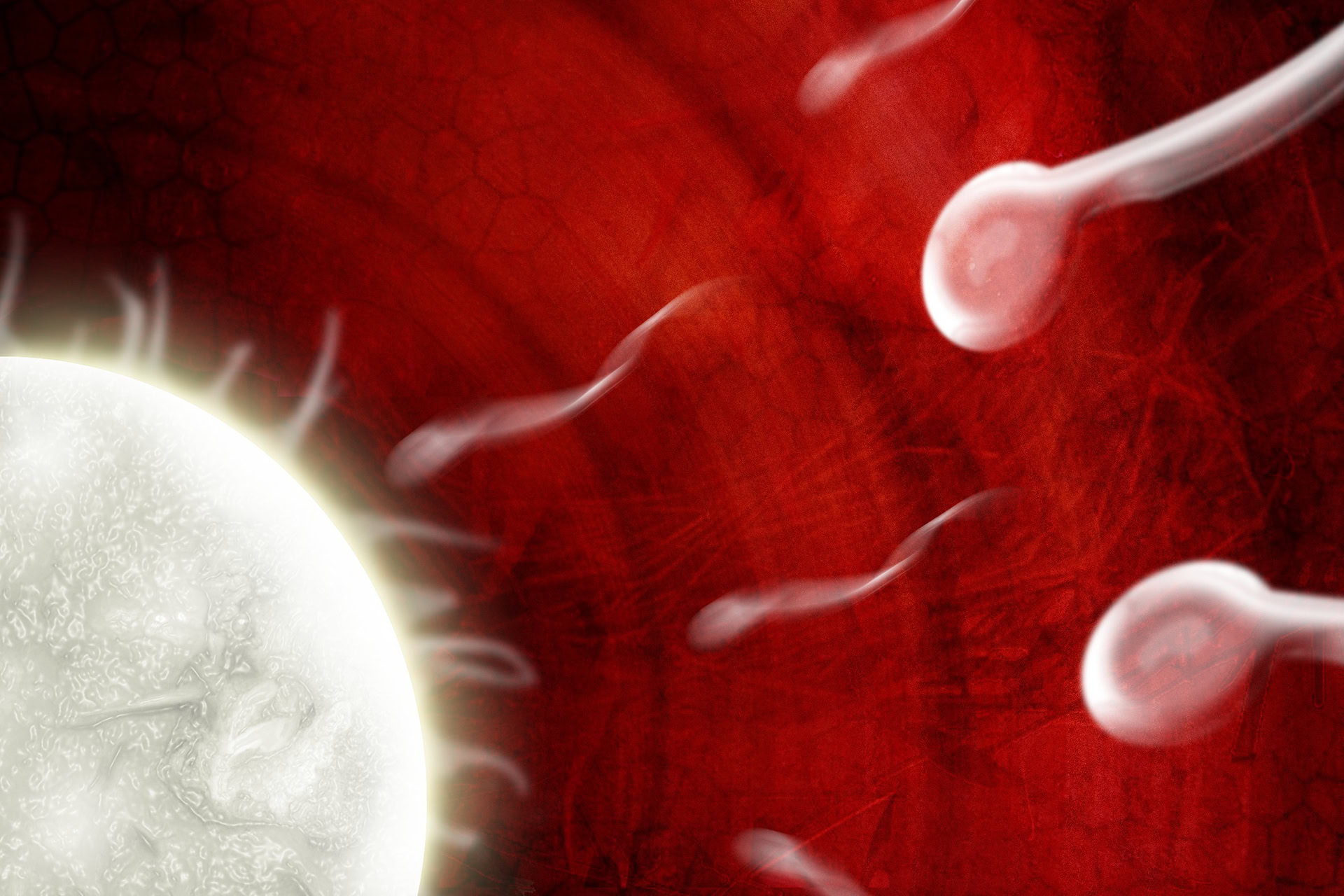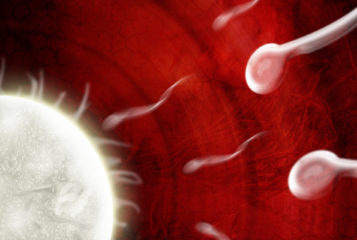The world's largest sperm bank, Cryos International, is turning away red-haired men as donors due to a lack of demand for their sperm. Its director, Mr Ole Schou, said the bank has reached its capacity of 70 litres of semen due to a surge in donations in recent years.
'There are too many redheads in relation to demand', he said according to Danish newspaper Ekstra Bladet. 'I do not think you choose a redhead, unless the partner - for example, the sterile male - has red hair, or because the lone woman has a preference for redheads. And that's perhaps not so many, especially in the latter case'.
According to Schou the only country with a reliable demand for red-headed sperm donors is Ireland, where it sells like 'hot cakes'. In addition to red-headed donors, all Scandinavian types have been turned away.
Donors with brown hair and eyes, on the other hand, are in particularly high demand. This is in part due to Cryos International's customer base in Spain, Italy and Greece, but also because many Scandinavians are 'veering away from the typical blonde and blue-eyed Danish baby'. Indian sperm is also reported to be in high demand and short supply as India does not allow sperm to be exported.
'We are very happy with redheads and what hair colour people have, but our job is to supply all races, all hair colours and all eye colours and our problem is that we are located in this part of Northern Europe', Schou explained. He went on to say that the bank has 600 red-headed donors on a waiting list, should demand increase.
Cryos International ships to more than 65 countries, and is listed as the world's largest sperm bank by Guinness World Records, with 140,000 samples available and donors being paid up to £316 per donation.
Cryos was established in 1987 in Aarhus, Denmark, originally providing a service to men who were undergoing a vasectomy or for cancer patients who needed to freeze their sperm prior to radiation or chemotherapy. It set up the donor programme in 1990, and the first sperm donations were released in 1991.







Leave a Reply
You must be logged in to post a comment.